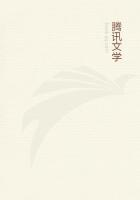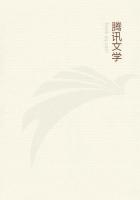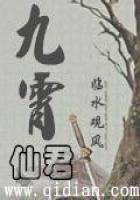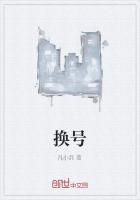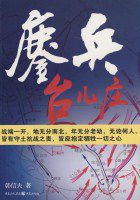We should now see in what way there are essences in accidents, having said already how essences are found in all types of substances. Now, since, as said above, the essence is that which is signified by the definition, accidents will thus have essences in the same way in which they have definitions.
But accidents have incomplete definitions, because they cannot be defined unless we put a subject in their definitions, and this is because they do not have absolute existence per se apart from a subject, but just as from the form and the matter substantial existence results when a substance is compounded, so too from the accident and the subject does accidental existence result when the accident comes to the subject. Thus, neither the substantial form nor the matter has a complete essence, for even in the definition of the substantial form we place something of which it is the form, and so its definition involves the addition of something that is beyond its genus, just as with the definition of an accidental form.
Hence, the natural philosopher places the body in the definition of the soul because he considers the soul only insofar as it is the form of the physical body.
But this is the case only with substantial and accidental forms because, just as the substantial form has no absolute existence per se without that to which the form comes, so too does that to which the form comes, namely matter, have no absolute per se existence. Thus, from the conjunction of both there results that existence in which the thing per se subsists, and from these two there is made one thing per se; for, from the conjunction of these there results a certain essence. Hence, although considered in itself the form does not have the complete aspect of an essence, nevertheless it is part of a complete essence. But that to which an accident comes is in itself a complete being subsisting in its own existence, and this existence naturally precedes the accident that supervenes. Therefore, the supervening accident, from its conjunction with the thing to which it comes, does not cause that existence in which the thing subsists, the existence through which the thing is a being per se; it causes, rather, a certain secondary existence without which the subsisting being can be understood to exist, as what is first can be understood without what is second. Hence, from the accident and the subject there is made something that is one accidentally, not essentially; and so from the conjunction of these two there does not result an essence, as there does from the conjunction of form and matter.
And so an accident has neither the aspect of a complete essence nor is it a part of an essence; rather, just as an accident is a being only in a certain sense, so too does it have an essence only in a certain sense.
But since that which is greatest and truest in a genus is the cause of the lesser things in the genus (as fire, which is at the extreme of heat, is the cause of heat in other hot things, as the Philosopher says in II Metaphysicae cap. 1 (993b24-27)), thus substance, which is first in the genus of beings and which has essence in the truest and greatest way, is the cause of accidents, which participate in the notion of being only secondarily and in a certain sense. But this happens in a variety of ways. Since the parts of substance are matter and form, certain accidents are principally a consequence of form, and certain accidents are principally a consequence of matter. Now, while we find some forms, like the intellectual soul, whose existence does not depend on matter, matter does not have existence except through form. Hence, among those accidents that are a consequence of form, there are some that have no communication with matter, such as understanding, which does not take place through a corporeal organ, as the Philosopher proves in III De Anima cap. 1 (429a18-b5). Other accidents that are a consequence of form do have communication with matter, and among these is sensation. But no accident a consequence of matter is without some communication with form.

